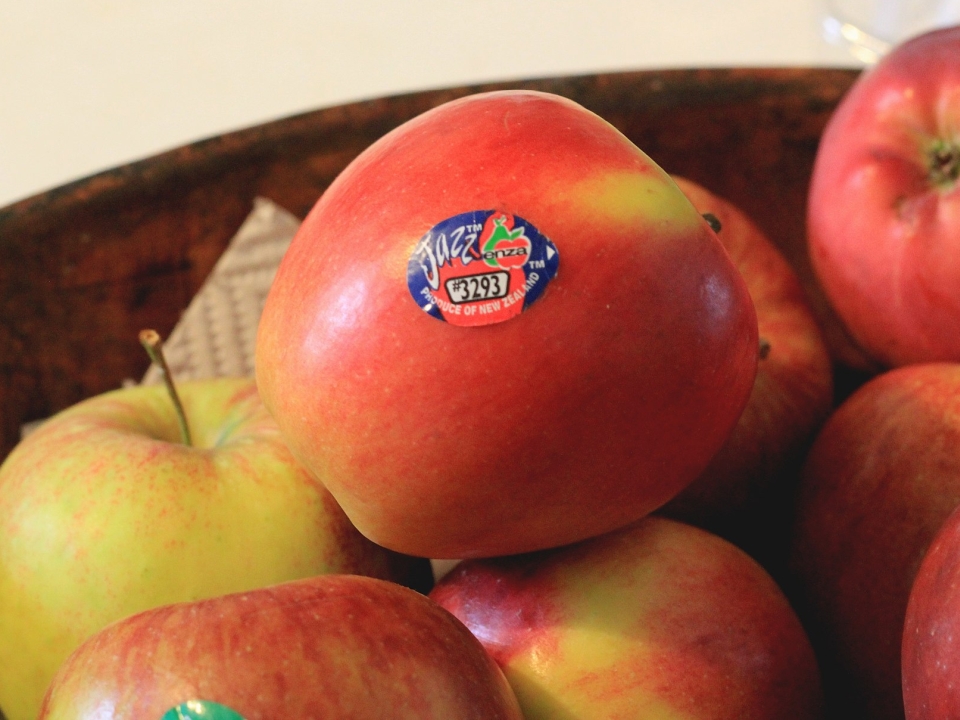When people buy apples, they are looking for apples that:
- taste good
- look good – appearance is important
- are resilient – not easily damaged
- have a long shelf life.
Selective breeding makes better apples that are worth more.
The best apples
How an apple looks is important. Customers want an apple that looks good and that isn't diseased or damaged by pests. New Zealand’s climate gives apples an intense colour. This makes them more valuable on the international market.
Most consumers have a strong preference for apples that are crisp and juicy. People don’t want apples that are soft and dry. Breeding new varieties with good texture and crunch is important.
Resilience is particularly important because of the long distances New Zealand apples must travel to get to overseas markets. Apples need to cope with being transported, so that they still look and taste good when they arrive. Apples also need to have a good shelf life. They may be stored for a long time.
Selective Breeding
People have bred plants and animals selectively for thousands of years. Today’s apples are the result of selective breeding. This breeding improves flavour, texture, colour, storage and other traits. Apple varieties are being tested to see whether they can be stored for long periods without loss of quality.
Breeders now have access to genetic information from apples that can make the breeding process faster and more efficient. Scientists can identify which apple seedlings have a particular trait (such as red flesh or disease resistance). Then they can use these seedlings to breed from.
Grafted trees
In orchards apples are not grown on their own roots but are grafted onto root stocks that control the growth of the tree. Cloned (genetically identical) root stocks are used. These clones create early cropping, consistent tree size and freedom from some root pests and diseases.
New Zealand-bred apples 
New Zealand has led the world in the rapid introduction of new apple cultivars. Royal Gala and Braeburn cultivars are important to New Zealand and overseas growers. Royal Gala was a natural mutation of the cultivar Gala and was introduced in the 1970s. In contrast, Braeburn was a chance seedling growing in a hedgerow in the Braeburn area of Nelson in the 1950s. It was widely planted in the late 1980s and early 1990s. More recently apple varieties like Jazz™ have been developed and have become popular. Jazz™ comes from a Braeburn–Royal Gala cross.
Scientists from Plant & Food Research are currently working on developing and testing new apple varieties. This research aims to create better quality apples, with different colours and health benefits.
Ready for a quiz? Try the "Selective Breeding Apples" interactive activity.







